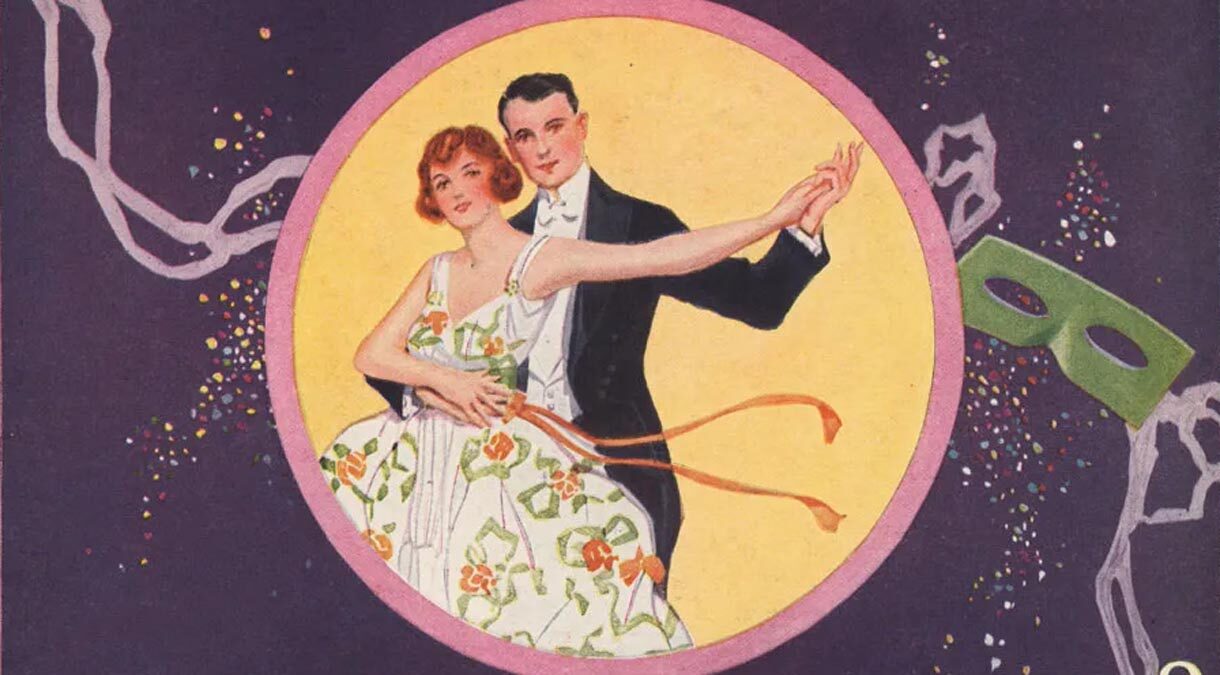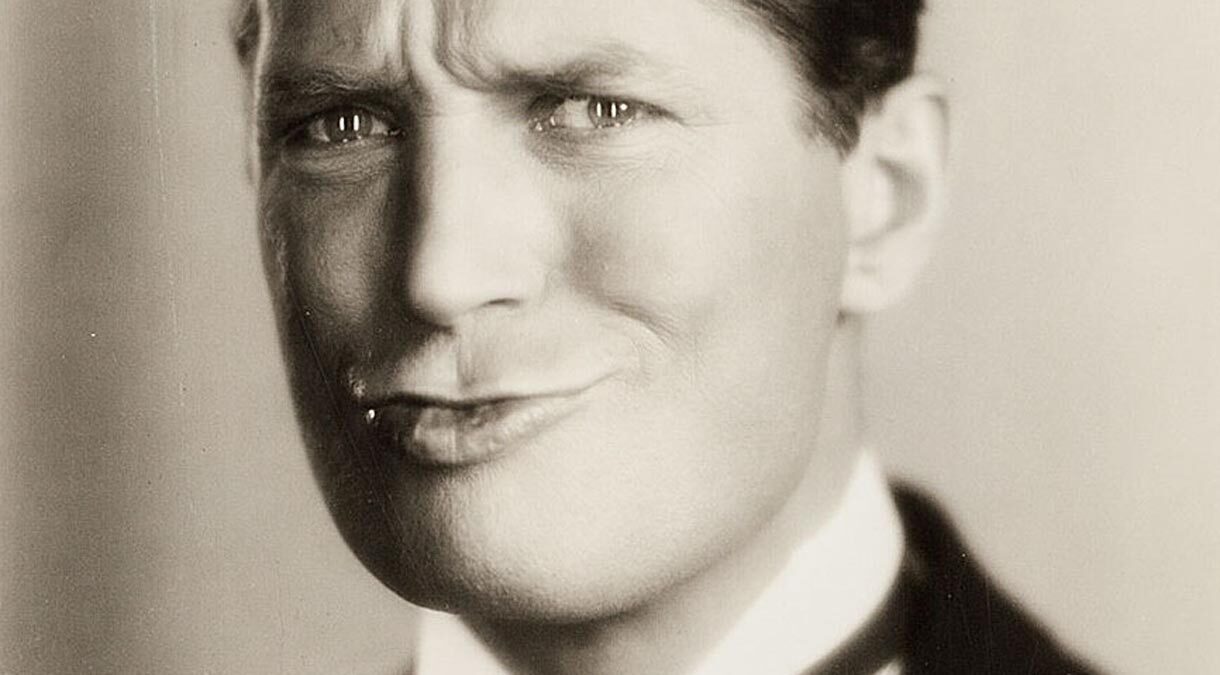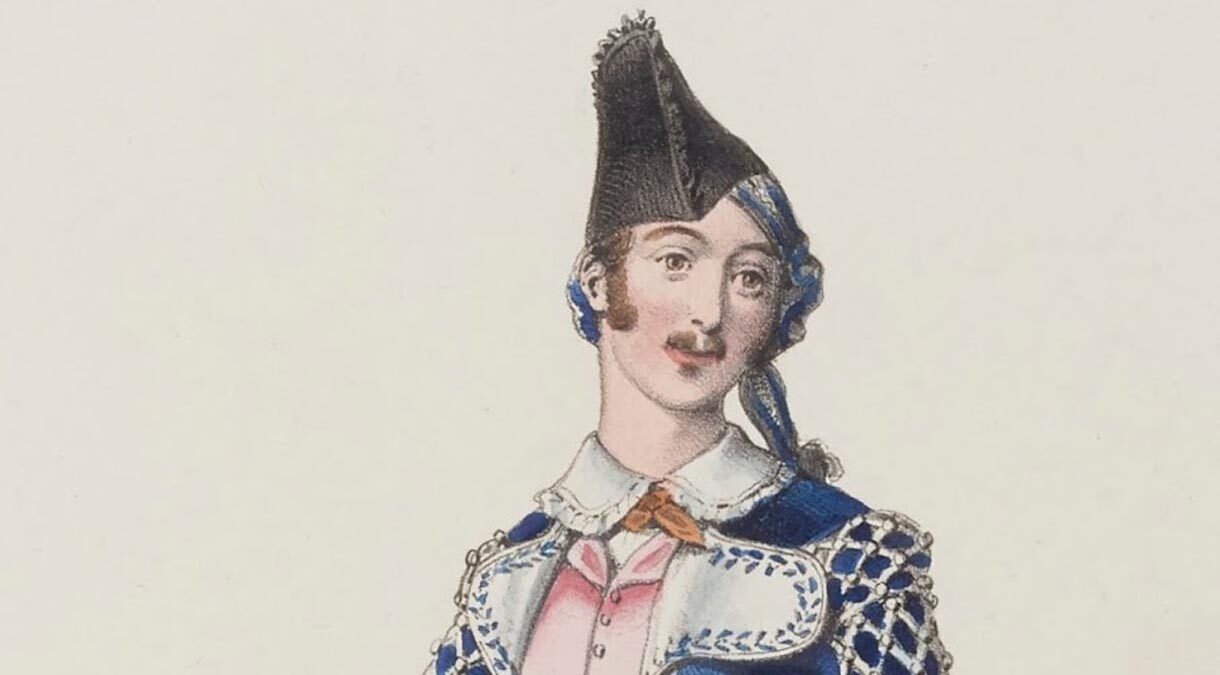“She’s My Slip of a Girl.” Composed by Cyril Watters for the Melody Maker “All British Song Competition” (first prize, 1929). Recorded in Chelsea, London on January 31, 1930 by the Rhythm Maniacs under the musical direction of Arthur Lally with vocalist Maurice Elwin. Decca F-1630 mx. MB-914-2A.
Personnel: Arthur Lally-cl-as-bar / Sylvester Ahola-Dennis Ratcliffe-t / Ted Heath-tb / Danny Polo-cl-as / Joe Crossman or Johnny Helfer-cl-ts / Claude Ivy-p / Joe Brannelly-bj / Spike Hughes-sb / Max Bacon-d-vib / Maurice Elwin-v / Lew Stone-a 1
“She’s My Slip of a Girl” won first prize in the 1929 Melody Maker magazine “All British Song Competition,” which aimed to identify a foxtrot “considered worthy of holding its own with foreign importations.” 2 The judges included C. B. Cochran, Noel Coward, and Jack Hylton, and there were 500 competitors. The prize was taken by Cyril Watters, a twenty-two-year-old pianist and musical clerk who would go on to compose over 250 songs and win many more prizes in the coming decades.
“She’s My Slip of a Girl” is undeniably catchy, even infectious, with its anapestic patter and rapid-fire rhyme scheme. The singer speaks of his elation (verging on ecstasy) at somehow having been so fortunate as to have a certain slender or otherwise diminutive type of woman in his life. The B part is particularly precious:
Maybe she's not a beauty, But beauty's only skin deep. She's the kind of a cutie Knocks 'em all of a heap.
I know of no other lyrics that express so well the idea of a visceral attraction that transcends conventional standards for good looks.
Of the four British versions recorded of “She’s My Slip of a Girl,” the Rhythm Maniacs’ version best captures the trance-inducing qualities of the tune, which is repetitive yet never dull. As with many early Decca recordings, the sound engineers set the gain very high, and the song is blaringly loud. The result is that it almost pulsates, bringing out the nearly primal appeal of the Lew Stone arrangement. A quick scan over the personnel list reveals that the Rhythm Maniacs at this time were almost a subset of Ambrose’s orchestra.
One effect of the song’s high volume is the contrast between the blaring instrumental parts and Maurice Elwin’s vocal. The latter sounds deeply earnest — who would expect otherwise from Elwin? — but he is also enthusiastic, almost impassioned. There is considerable warmth in his voice. At a couple of points the melody goes rather high, and the baritone follows it upwards deftly, allowing himself to sound momentarily more vulnerable, as men sometimes do when they successfully sing above their usual range.
“She’s My Slip of a Girl” encapsulates for me one of the things that I love generally about Elwin: he is a fundamentally calm, mellow singer with a wholesome-sounding voice who found himself working with some of Britain’s hottest bands (I think particularly of the Firman bands along with Lally’s studio orchestras). To a certain extent he introduces a pleasant contrast with his comparatively composed vocal refrains, but at no time does he sound out of place.
To appreciate the brilliance of the Rhythm Maniac’s version of “She’s My Slip of a Girl” requires us to compare the other contemporary interpretations of the song, which happen to be all very good in their own ways. Eddie Hardie and His Night Club Boys recorded a December 1929 version on Piccadilly with a Harry Bentley vocal that is slow and bluesy. The same month, Ray Noble’s New Mayfair Dance Orchestra made a booming but elegant one, also comparatively slow, with touching vocals by Pat O’Malley, who scats gently at the end of the recording. In March 1930, Jack Payne and His BBC Dance Orchestra did a purely instrumental interpretation of the tune that must be at least as fast as the Rhythm Maniacs and whose arrangement is marked by amusing variations on the underlying tune that keep it from seeming overly repetitious. Finally, there is an interesting French version that I think may be a response to the Rhythm Maniacs.










